Ask Ethan # 49: Do cosmic unknowns reject the Big Bang theory?
We do not know the nature of neither dark matter nor dark energy, which constitute 95% of our Universe. Does this mean that the big bang theory is in doubt?
If there is infinity in your theory, it is in these places that it ceases to describe reality. If the cosmos was born from the Big Bang, and at the same time infinite, we have to believe that it instantly became infinitely large. And this is absurd.
- Zhanna Levin
It is a kind of miracle that, despite all our knowledge gained through scientific research, we still face questions to which we have no answers. And every week you try to stun me in my weekly column with your questions and suggestions. This week jlnance reader asks:
Scientists believe that they understand the evolution of the universe right from the very beginning of the big bang. And they are sure that the Universe consists of dark matter, whose composition is unknown, and that its dynamics is controlled by dark energy, which is also poorly understood (is this a new force?)
And how then is it possible to do extrapolation before the Big Bang, if so little is known about matter and power in the Universe?
')
This is an important question to ask yourself every time after receiving new facts: “Is our old way of thinking correct now?” Let's find out.

It should be recalled where the Big Bang theory came from. Historically, several events occurred that laid the foundation for the understanding that we have developed now. The following events:

A general theory of relativity, a new theory of gravity, was developed, and its predictions were confirmed. Initially, she had to explain the orbital precession of Mercury around the Sun, but then she predicted a large set of phenomena, and all of them were confirmed, including the deviation of light from distant stars by mass, gravitational redshift, time delay due to gravity, a decrease in the orbit of closely located masses, and more.
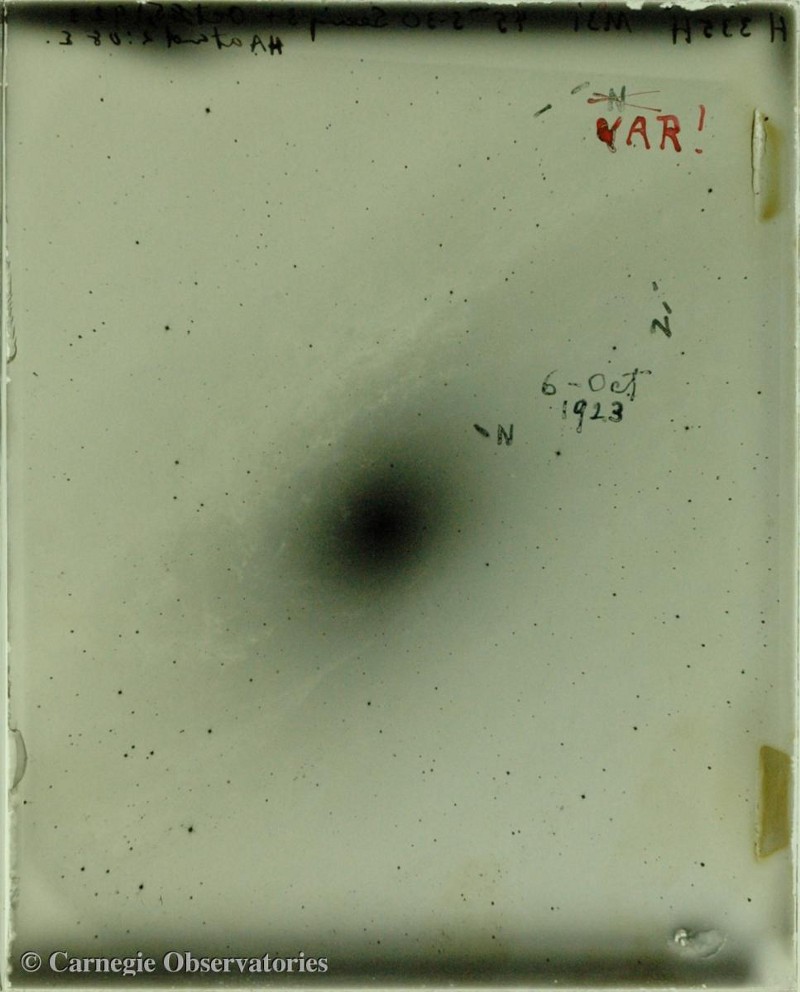
It was found that galaxies are objects outside the Milky Way. Initially, they were considered nebulae, regions of star formation, located only tens of thousands of light years. But the combination of very high velocities, which spoke of the absence of a gravitational connection with the Milky Way, and the distinction between them of individual stars allowed us to come to the conclusion that they were millions of light-years away.

Galaxies in the Universe, which are fairly evenly distributed in all directions and at all distances, are moving away from us. Combining the redshift (removal rate) and the distance to them (obtained by observing individual stars), we came to the Hubble law, according to which, the farther the galaxy from us, the faster it moves away from us.

By combining this data with GR, we got that instead of the Universe, where all galaxies run away from us, as from the center of the explosion, the Universe, which expands, and in which a new space between the galaxies appears constant, increasing the distance between them. For those interested in technical details, I would say that all isotropic homogeneous space-times (solutions of general relativity, the same in all directions and distances) must contain either contracting or expanding space.
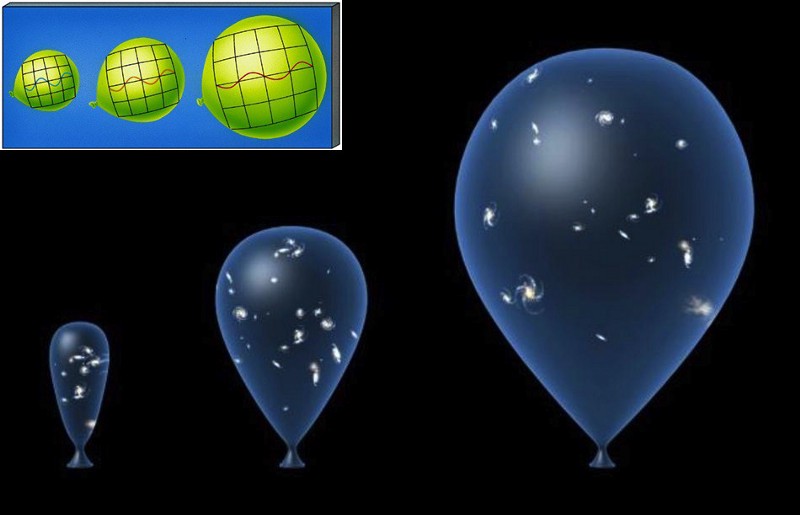
One of the possible conclusions from this (although not the only one) is that in the past the Universe was hotter and denser, and it will cool and thin out with time. This is the big bang idea. This means that the Universe is expanding, and the red shift is the greater, the farther the object is from us, because earlier it was hotter and denser.
The wavelengths were shorter, and therefore there was more energy. Matter and radiation were closer to each other, and collisions were not only stronger, but more often. If so, very serious conclusions follow from this.

1) Spatially, the universe was uniform. As gravity becomes stronger, if you gather more mass together, today the Universe is more lumpy than it was before. So, once there were no galactic superclusters, galaxies, and even stars. So, before, not only the difference in the density of different regions was not so strong, but there were no heavy elements either, because they were synthesized only inside stars that had not been there for a long time.
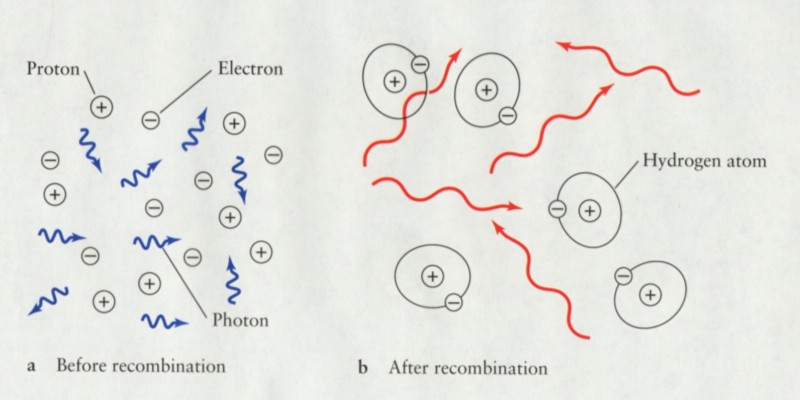
2) Once it was hot enough so that atoms could not form in it. Strong enough and frequent collisions between photons and atoms knock electrons from orbits. Extrapolating into the past, we can conclude that at first it was impossible to form a stable atom, so that it would not immediately be ionized by any photon.

3) Once it was so hot that even an atomic nucleus could not form. And, although nuclear forces are about six orders of magnitude more nuclear, the universe was initially so hot and dense, and, therefore, there was a time when it was a sea of protons, neutrons and electrons. Then, cooling, it went through a phase when protons and neutrons could be connected. This should have led to the appearance of a certain number of light elements and isotopes - deuterium, helium-3, helium-4 and lithium-7. Their number and proportions are determined by the proportion of baryons (protons and neutrons) to photons present in the Universe.
If you have ordinary matter (protons, neutrons, electrons) and radiation, and the Big Bang theory is correct, then we can see the evidence of all three conclusions. Specifically, there will be a residual luminescence from radiation from the early stages of the Universe — almost ideally isotropic and homogeneous, and only a few degrees warmer than absolute zero.

There will also be clouds of ancient gas, where stars have not formed since the Big Bang. And we must be able to determine the number of elements and isotopes from early stages of development.
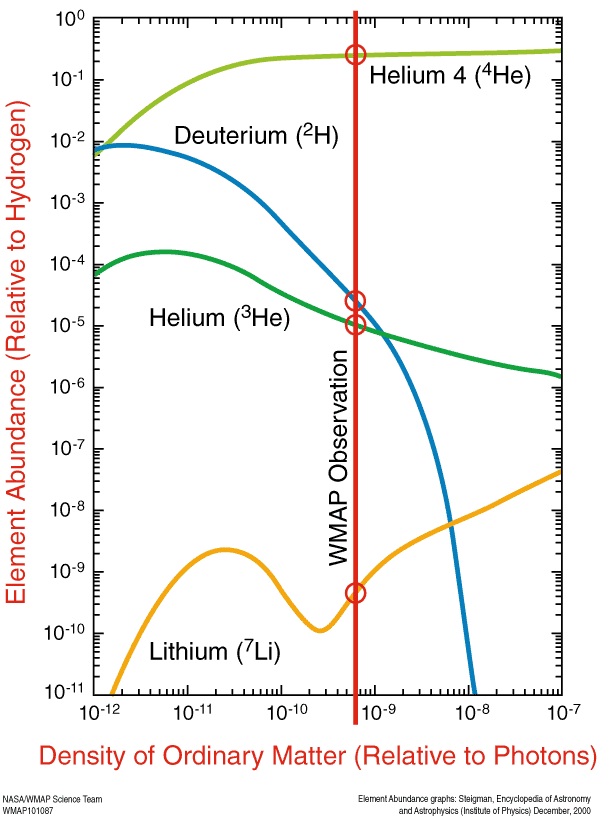
And finally, we should see fluctuations in the residual luminescence, although insignificant.

In addition, we should see evolution in the structure and chemical composition of the Universe, where the older and close regions consist of larger clusters and have a greater density of heavy elements.
We would not accept the Big Bang theory if we did not observe all of these phenomena - but we observe them. No other theory can predict these things or argue with the Big Bang theory.
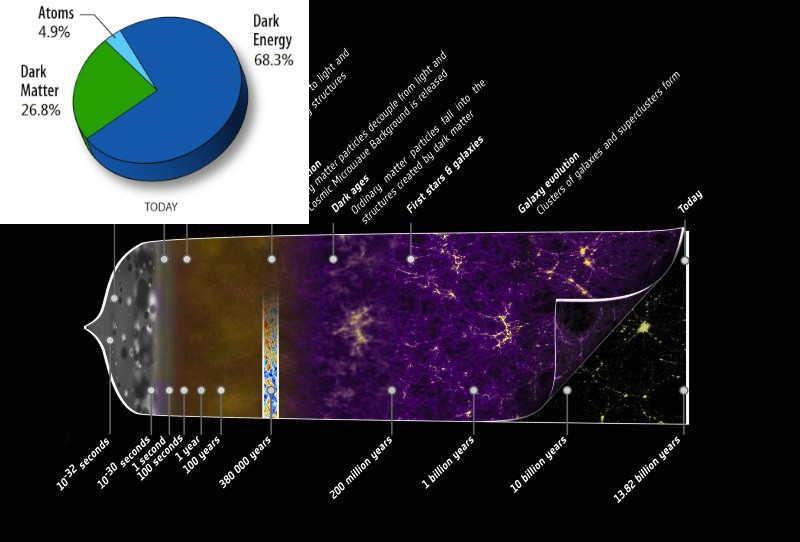
Let us return to the main question: the Big Bang did not predict either dark energy or dark matter. Is there a problem with this?
Everything that I described above would be true regardless of what else can be found in the Universe. The only thing that changes the presence of dark energy and dark matter is the following:
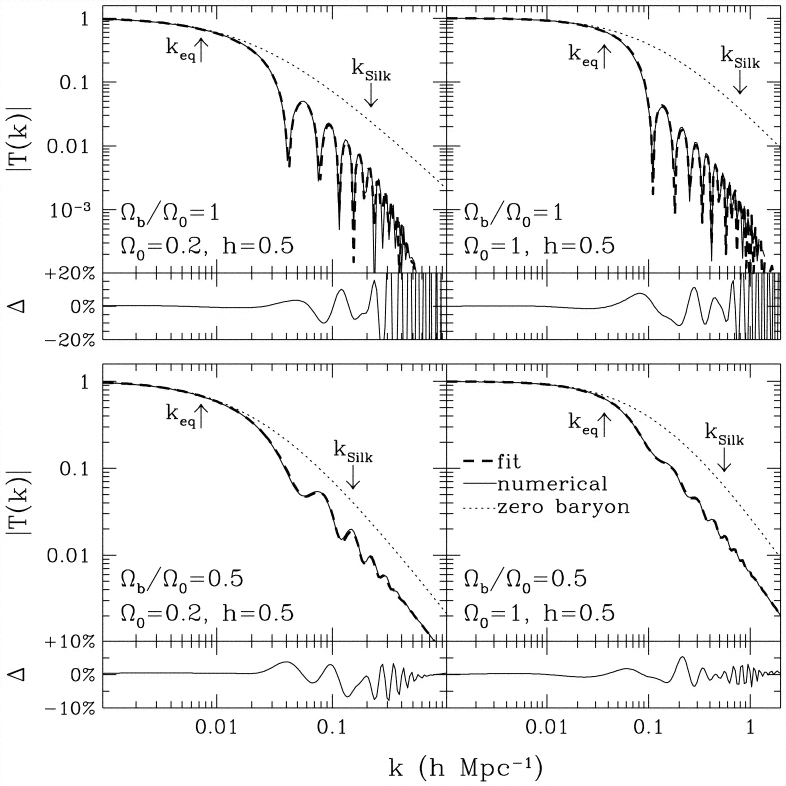
Dark matter affects some details of the formation of the structure. In particular, since it is clumped like matter, but does not interact through collisions either with itself or with ordinary matter or with radiation — its presence changes the size and number of small galaxies, large galaxies, and they are clustered. It also affects the fluctuation spectrum of microwave cosmic radiation.
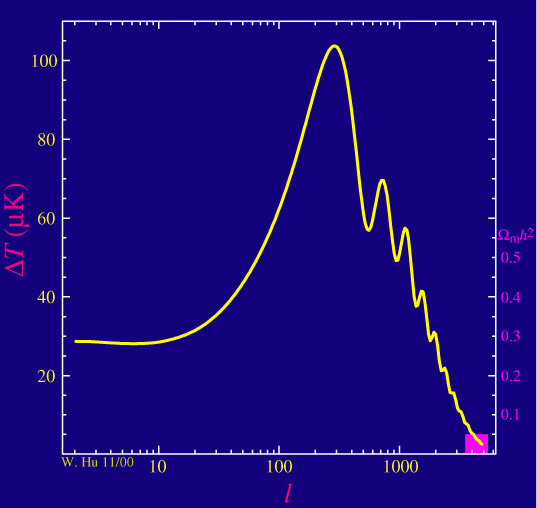
But even when dark matter is five times more than normal, the rest of the story does not change.
Dark energy affects the speed of cosmic expansion closer to the current moment in the life of the Universe. Its existence began to be guessed as early as 1933, but it is not surprising that this idea was not considered seriously until the 1990s: very accurate measurements of distances of about ten billion light years are required in order to only begin to see its influence on the development of the Universe.
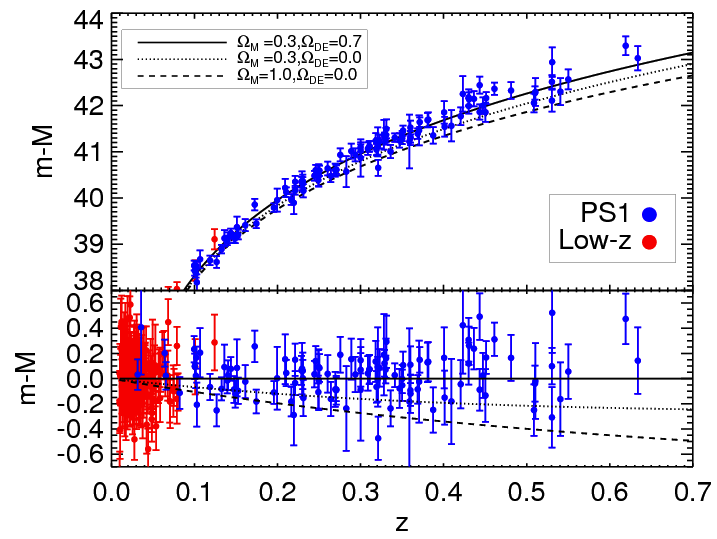
Therefore, although dark matter and dark energy make up a large share of the energy filling of the universe, dark matter takes up 26%, dark energy 69%, they do not present difficulties for the Big Bang theory.
In principle, anything or everything in the Universe could be from the following list (sorted in order from the highest positive pressure to the lowest negative):
- massless radiation
- neutrino
- ordinary matter (protons, neutrons, electrons)
- dark matter
- topological defects of point particles (magnetic monopoles)
- cosmic strings
- significant curvature of space
- domain boundaries
- cosmic textures
- cosmological constant
- dark energy, breaking the condition of weak energy, leading to the "big gap"
We have radiation, neutrinos and matter, and this has been known for almost a hundred years. And everything else? It seems to be a dark matter and a cosmological constant in the form of a special form of dark energy. More probably nothing.
You can, of course, look at it from the point of view of “The Big Bang Didn't Predict It,” but the Big Bang is not the final answer in the history of the Universe, but only part of the story.

There will always be something we do not yet know, so cosmic inflation, dark matter and dark energy do not pose problems for the Big Bang - they only show us the limitations of this theory, and tell us the complete history of the Universe.
Source: https://habr.com/ru/post/372283/
All Articles